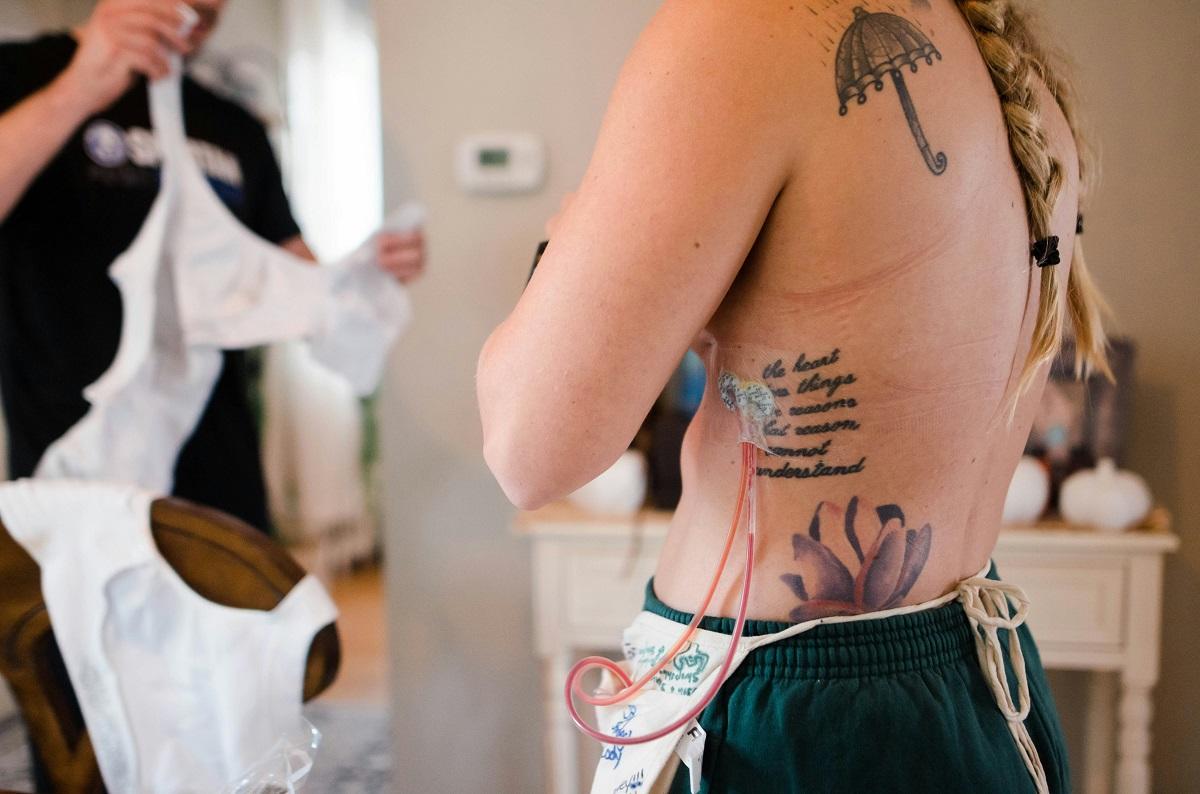Rates of breast cancer in women under the age of 50 are rising in Canada according to a study which showed an increase in breast cancer diagnoses among females in their Twenties, Thirties, and Forties.
Led by Dr. Jean Seely, this study published in the Canadian Association of Radiologists Journal reviewed breast cancer cases over 35 years to shed light on trends in breast cancer detection in Canada.
"Breast cancer in younger women tends to be diagnosed at later stages and is often more aggressive," said Dr. Seely, Head of Breast Imaging at The Ottawa Hospital and Professor in the Department of Radiology at the University of Ottawa. "It’s alarming to see rising rates among women in their Twenties and Thirties because they are not regularly screened for breast cancer.”

“It’s alarming to see rising rates among women in their Twenties and Thirties because they are not regularly screened for breast cancer.”
Dr. Jean Seely
— Professor, Department of Radiology, Faculty of Medicine and Head of Breast Imaging, Ottawa Hospital
Risk increases with age
Using data from the National Cancer Incidence Reporting System (1984-1991) and the Canadian Cancer Registry (1992-2019) at Statistics Canada, the research team, which included Larry Ellison from Statistics Canada and Dr. Anna Wilkinson, an Associate Professor in the Faculty of Medicine, looked at all women aged 20 to 54 who were diagnosed with breast cancer.
Their findings included:
- For women in their Twenties, there were 3.9 cases per 100,000 people between 1984 and 1988, compared to 5.7 cases per 100,000 between 2015 and 2019 for a 45.5% increase.
- For women in their Thirties, there were 37.7 cases per 100,000 people between 1984 and 1988, compared to 42.4 cases per 100,000 between 2015 and 2019 for a 12.5% increase.
- For women in their Forties, there were 127.8 cases per 100,000 people between 1984 and 1988, compared to 139.4 cases per 100,000 between 2015 and 2019 for a 9.1% increase.
The study’s results show the importance of targeting younger women in breast cancer awareness campaigns and screening programs. Most public health efforts focus on women over 50, but these findings suggest that younger women are increasingly at risk and may benefit from earlier and more frequent screenings.

“Young women are not being taken seriously after they find a lump because they are told they are too young for breast cancer.”
Chelsea Bland
Personal experience
Chelsea Bland is one of those women.
Hearing about a death from breast cancer at age 33 led Chelsea – then 28 – to conduct her own self-examination, where she discovered a lump. This led to screenings which ultimately led to a breast cancer diagnosis and subsequent treatment. While she is two years cancer free, she remains on hormone therapy today. The entire experience led Chelsea to help establish a local group that provides peer support for younger women – the average ages range between 28 to 40.
“I hope that by bringing awareness to this study it makes people think twice about saying that being in your twenties, thirties and forties is too young to have breast cancer. In my support group, I have heard the same story over and over again,” Chelsea says. “Young women are not being taken seriously after they find a lump because they are told they are too young for breast cancer. This has ultimately led to delays in being diagnosed and being diagnosed at a more advanced stage. We are not too young for this and this is happening to women who do not have any high-risk genetic markers for breast cancer, myself included.”
Improving awareness
The investigators say more research is needed to understand the root cause of rising breast cancer rates among younger women, information that could be used to develop targeted intervention strategies.
“We’re calling for increased awareness among health-care professionals and the public regarding the rising incidence of breast cancer in younger women,” said Dr. Seely, who alongside Dr. Wilkinson have long documented the benefits of early detection with screening for women in their forties. “We need to adapt our strategies and policies to reflect these changing trends, ensuring that all women, regardless of age, have access to the information and resources they need to detect and combat this disease.”
Media requests and interviews (In English and French): [email protected]


